Stakeholders from across the energy industry met Thursday at FERC’s annual Reliability Technical Conference to discuss the most pressing issues affecting the reliability of the electric grid.
“It’s not an overstatement to say lives [are] literally at stake. All you have to do is look at what happened in Texas this past February … and then more recently in Louisiana in the aftermath of Hurricane Ida,” FERC Chairman Richard Glick said in his opening remarks. “People literally can die when the power goes out, especially for an extended period.”
Slow Pace of Standards Process Criticized
The day’s first panel focused on NERC, with participants debating the adequacy of the organization’s reliability standards to address the “two major threats to grid reliability” that Glick identified: climate change and cybersecurity. While many participants praised NERC and its staff for their efforts to enhance reliability, they warned that the organization’s current approach may need to change to keep up with the evolving threat landscape.
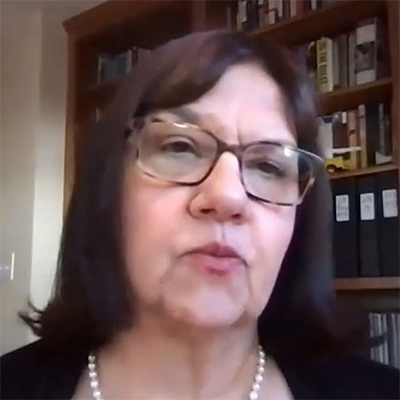
“Those entities have a natural fear of enforcement, which can lead to standards attainable by the dreaded lowest common denominator,” LaFleur continued. “And the process favors those who want to move slowly, with numerous opportunities for further study, further discussion, delay, and repeat voting cycles.”
LaFleur offered four suggestions for stakeholders to “meet the urgency of the moment.”
First, NERC should aim to develop standards that focus on risks to be mitigated, rather than requiring specific actions that might become outdated quickly. Second, decisions about focus areas should be based on NERC’s analysis of emerging threats rather than “the commercial interests of specific registered entities,” though those stakeholders deserve a place at the table.
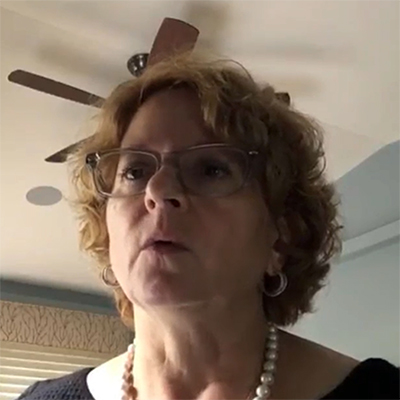
The panel also touched on resource adequacy, with Commissioner Allison Clements asking NERC CEO Jim Robb for his thoughts on the ongoing need for natural gas as a balancing resource. Robb replied that he expects gas to be part of the grid for the foreseeable future, even as utilities, regulators and policy makers work to shift to a system fueled primarily by renewable resources.

“The thing that concerns me the most going forward is whether we’re reinforcing the gas system adequately in order to provide the balancing that’s needed for the renewable resources that we’re adding,” he added, referring to concerns he has raised in other forums about the suitability of the nation’s natural gas infrastructure to serve the bulk power system during crises like February’s winter storms in Texas. (See Senators Grill Robb, Asthana over Texas Outages.)
Jennifer Sterling, vice president of NERC compliance and security at Exelon, reminded commissioners that regulators should not be the only voice in the conversation, and urged FERC to make sure industry is included.
“I don’t think that the … resource adequacy issue can be solved by NERC and FERC alone, and it certainly cannot be solved just with NERC standards,” Sterling said. “We need a holistic conversation with state regulators and market operators, RTOs, etc. I don’t think that … reliability standards [alone] are going to fix this issue.”
Probabilistic Planning Needed to Account for Extreme Weather
The second panel focused on the recent uptick in extreme weather events, including the February winter storm, the wildfires and heat waves in the West, and the impact of Hurricane Ida.
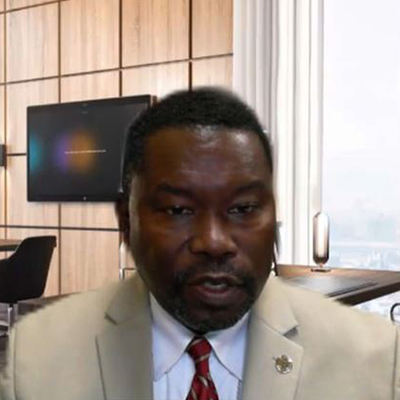
“I feel a sense of urgency,” he said. “I feel like I’m on a train track at the end of the tunnel, and the light is getting bigger and bigger, ready to run me over. We’ve heard a lot of talk here today about ‘we need to do; we need to investigate; we need to spend some time.’ I think we should enhance the standards that require people to perform these types of analyses, identify their risks and have plans to address them. I think the time to be talking and investigating and all these buzzwords that we heard today is past us. I think we actually have to mandate people to do this.”
Brandien said ISO-NE is seeking to develop probabilistic tools, which incorporate elements of randomness, to plan its system, as opposed to deterministic models, which are dependent on initial conditions and static parameters. The need for probabilistic models came up frequently throughout the discussion.

“What we have to do is provide our operators with the ability to handle greater uncertainty,” said Aubrey Johnson, executive director of system planning and competitive transmission at MISO. “So they don’t need data; they need information upon which to act.”
Mark Hegerle, director of FERC’s Division of Operations and Planning Standards, asked the panel how FERC could drive grid planners toward a probabilistic approach, specifically whether NERC’s mandatory reliability standards were the appropriate method.
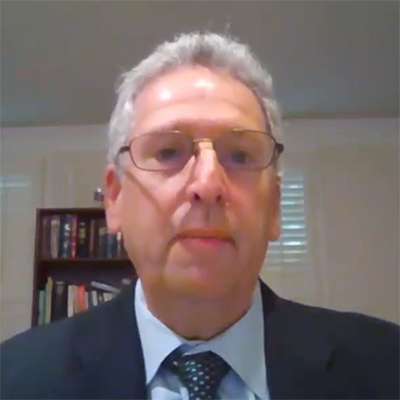
Brandien recalled that he testified before FERC about a decade ago and was asked whether a cold-weather standard was needed. “I didn’t think so at that time because I thought it was … our bread and butter as an industry. We should be able to do it; we didn’t need a standard that required us to do it.”
He noted previous recommendations to reconsider load-shedding procedures and underfrequency protection. “Those were things I didn’t think we needed standards on. But it’s obvious that time and time and time again, we can’t get out of our own way as an industry and repeat these problems. I do think we need standards around things that are critically important.”
Supply Chain Attacks Keep Cyber Experts Awake
Attention shifted to cybersecurity in the third panel, with attendees mainly discussing the implications of supply chain attacks like last year’s compromise of SolarWinds’ Orion network management software. The SolarWinds attack, in which hackers managed to gain access to the platform’s update server and use it to push espionage malware to thousands of users worldwide, sent shockwaves through the security community.
“The competent, savvy defender [used to] say, ‘I’m building my cybersecurity infrastructure [with] the assumption that the adversary is already in it,” said Mark Fabro, president and chief security scientist at technology security firm Lofty Perch. “We’ve actually since migrated to the assumption that the adversary has built the system.”
The idea that software and hardware could be tainted at the source led Glick to ask participants whether a government-issued cybersecurity whitelist or blacklist might be needed, to identify suppliers that utilities should or should not purchase from, respectively. But Manny Cancel, CEO of the Electricity Information Sharing and Analysis Center (E-ISAC), spoke for many when he expressed skepticism about the ability of any such registry to keep pace with the rapidly evolving threat landscape.
“As products change, and their reliance on other third parties [grows], tracking that … gets very difficult to sustain and maintain,” Cancel said. “There may be a place for a whitelist or blacklist; I’m of the opinion that it really is the application of the correct cybersecurity risk mitigation program that you put in place that protects any assets.”
Matthew Halvorsen, strategic program manager for the supply chain and cyber directorate at the National Counterintelligence and Security Center, was more blunt in his assessment of the downsides of such a program.
“There’s a couple of reasons that it’s problematic. First of all, each organization is going to have [its] own risk appetite, so a whitelist or blacklist is not going to affect that,” Halverson said. “Another thing is … it’s out of date 10 minutes after you make the list, and the adversaries know that they’re going to see the list because [it’s] going to be public, so they’ll change their company name, or slap a different label on the product. So it’s really hard to keep up. And then the last problem … is the concept of due process for the companies. … How did I get on the list? How do I get off the list? How do I refute what you’re saying [or] sue because my competitor is on the whitelist and I’m on a blacklist?”
Changing Resource Mix Challenge
The final panel of the day focused on how to maintain grid reliability as the fast-changing resource mix includes more variable generation and inverter-based resources (IBRs) such as wind, solar and storage.

The industry does not need new standards or technical guidelines, though some of them have to be reinterpreted for the different characteristics of inverters because they’re very different from synchronous machines, said Mark Ahlstrom, vice president for renewable energy policy at NextEra Energy Resources and NextEra Analytics.
“The intent of the standards was clear, so we just have to make sure that that intent is then interpreted in the analogous way for inverters, and it might be implemented quite differently, but they can certainly accomplish all the same things,” Ahlstrom said.
The Institute of Electrical and Electronics Engineers (IEEE) is currently developing the P2800 standard for the interconnection and operability of inverter-based resources, which is going to help address issues like momentary cessation of output as well as other functionalities, said Debbie Lew, associate director at Energy Systems Integration Group, an independent non-profit focused on decarbonization of energy systems.
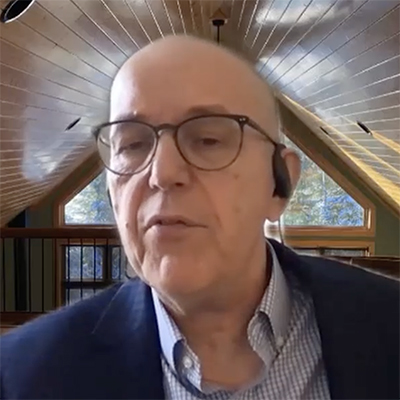
The new standard “is going to provide some flexibility to transmission owners on how they want to specify requirements, while also providing capability from these resources so that in the future as you need new capabilities you’ll be able to turn those on,” Lew said.
FERC and NERC “need to go further” and adopt modified standards like PRC-24,” said CAISO COO Mark Rothleder.
Lacking a standard entails a risk that there will be individual applications to address some of these reliability matters, and there may be inconsistent applications, Rothleder said.
“I think we’re at a point now in the transition curve that we need some consistent standards that are applicable to the new inverter-based resources, and I think we have enough learning that we’ve achieved to apply those efficiently,” Rothleder said.

FERC’s Clements asked about the use of grid-enhancing technologies such as dynamic line ratings or adjusted ambient ratings in the West, and also inquired about developments in the Western resource adequacy effort.
“I feel like the neighbors of neighbors concept is the reality of the situation,” said Idaho Public Utilities Commissioner Kristine Raper, speaking on behalf of the Western Interconnection Regional Advisory Body. “We had the heat dome, and sharing of the energy from the coast to the inland Northwest states couldn’t occur because everyone was using energy, but transmission lines would assist us further in using neighbors of neighbors’ energy to try and balance that out.”
The Western Resource Adequacy Program provided by the Northwest Power Pool this week secured funding from its participants to move forward with implementing the non-binding phase of the program, NWPP President Frank Afranji said. “This is a monumental accomplishment by the public-spending NWPP representatives.”
“We need to take the comments that we received today, talk amongst ourselves talk with NERC and other stakeholders as well, and get a better sense of what we need to do next,” Glick said in closing. “This important responsibility is not just about making sure rates are just and reasonable … we’re literally talking about people’s lives here and making sure that they have access to what’s an essential resource, which is electricity and natural gas and other energy resources.”



